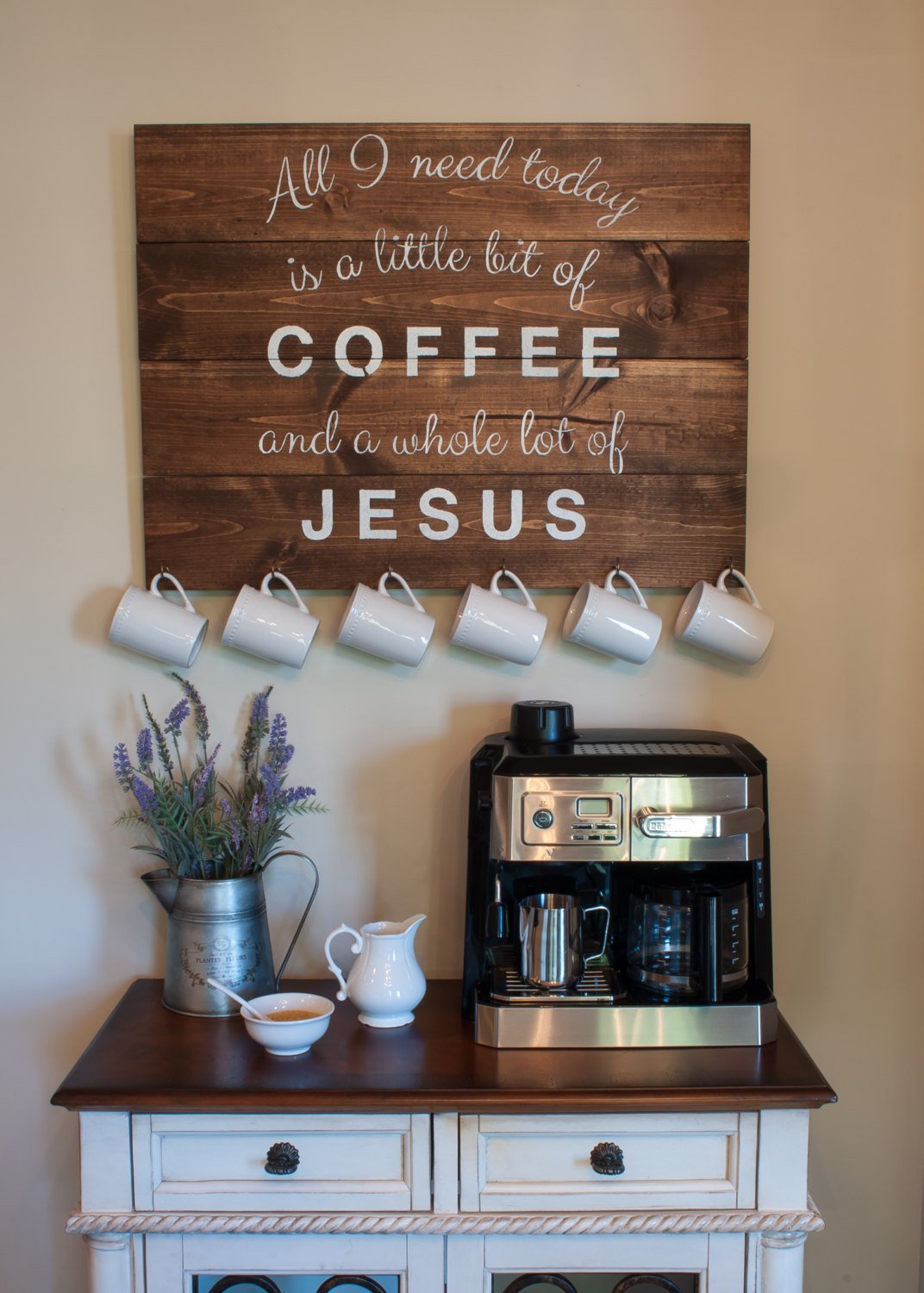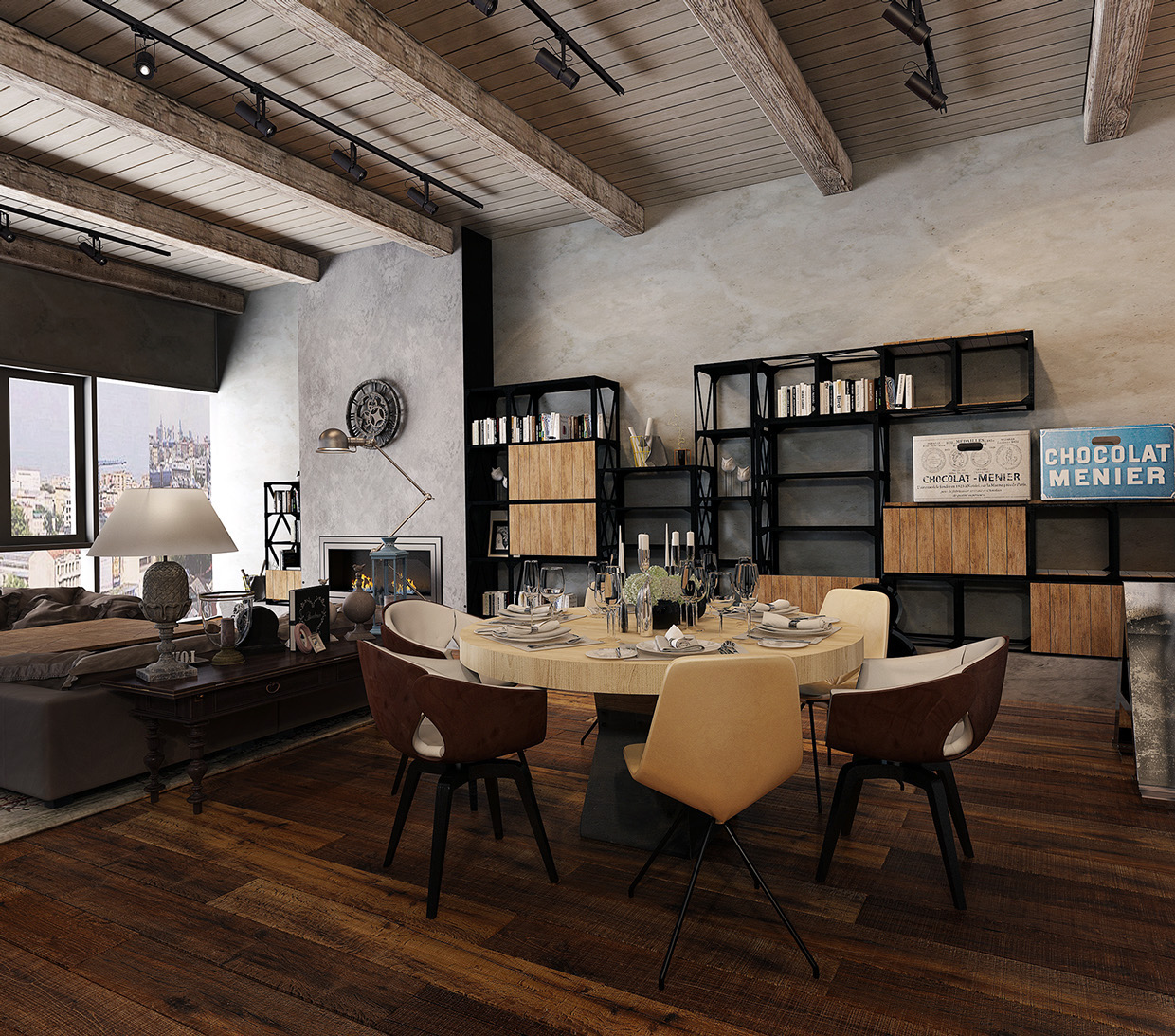Even though it is deciduous, the persistent leaves still provide some peace through the winter months. Holly bushes have dense, dark green foliage that shelters birds from the elements and are unique plants for your fence line.
Best Bushes For Fencing, Defensive plants, shrubs and trees (shrub fences) spiny shrubs and trees have been used for many hundreds of years to create defensive barriers; We know how high plants grow and how fast.

Perhaps you just absolutely love the look of your fence and want to add a small amount of landscaping to make it pop! So this “fence” didn’t begin until the top of the posts. Evergreen trees are one of the best trees for a living fence. The colors are vibrant during the summer months, and the flowers on some varieties do last well into fall.
These are different from hedges like boxwood and privet which look firm and dense.
They offer privacy while providing a beautiful outlook to the landscape. They do best in partial sun but also grow in shade or full sun. A live impregnable hedge, reinforced with barbed wire, is inexpensive compared to a boundary wall and if appropriately maintained looks better. Shrub plants for fence line. We know how high plants grow and how fast. Although the privacy fence performs best in full sun, it adapts well to heavy shade.
 Source: thespruce.com
Source: thespruce.com
These leafy green perennials come back. Rose bushes also make for great decoration in front of structures such as gazebos. These shrubs will not need wires or ties. It offers lush, green foliage in the spring and summer and copper fall color that persists through the winter. You don’t need heaps of features, but useful ones.
 Source: hoommy.com
Source: hoommy.com
These leafy green perennials come back. On the other hand, lilac bushes, when allowed to get full and thick, look bushy (for lack of a better word). Although the privacy fence performs best in full sun, it adapts well to heavy shade. Defensive plants, shrubs and trees (shrub fences) spiny shrubs and trees have been used for many hundreds of.
 Source: hoommy.com
Source: hoommy.com
Shrubs are some of the best plants for fence line screening. For starters, the fullness of the trees provides great privacy. Growing to be around 10 to 15 feet at maturity, it is the perfect addition to a fence, providing additional privacy while not overwhelming the landscape. Crape myrtle trees are quite popular ornamental trees. The italian cypress is another.
 Source: tyres2c.com
Source: tyres2c.com
It offers lush, green foliage in the spring and summer and copper fall color that persists through the winter. But with a touch of few more colours, your fence can. I didn’t want any branches competing below the post tops and where other plants and bushes were. Following are the top plants that can be used as hedges in the.
 Source: hoommy.com
Source: hoommy.com
It offers lush, green foliage in the spring and summer and copper fall color that persists through the winter. Shrubs that make a good fence. These plants grow up to three feet per year, so it doesn’t take long to achieve the privacy you want! Shrubs used for the practical function of security should be densely growing and possibly have.
 Source: jooinn.com
Source: jooinn.com
It grows 10 to 20 ft. Monsoon is the best time to start a new hedge by planting seeds or cuttings. Shrubs that make a good fence. Plan your perimeter borders with larger, spiky species at the back, and smaller, equally unwelcoming specimens in front. For starters, the fullness of the trees provides great privacy.
 Source: garden.lovetoknow.com
Source: garden.lovetoknow.com
Here are the best plants to cover a fence.these will help you provide a natural privacy screen and a beautiful view as well. Some varieties of bamboo are invasive, so. The shrubs tolerate some flooding, drought, and even salt. If you want to screen your fence or wall in style, then you can try growing one of these best plants.
 Source: elemental.green
Source: elemental.green
They do best in partial sun but also grow in shade or full sun. They offer privacy while providing a beautiful outlook to the landscape. Training climbing plants up and along the top of fencing is effective, as is careful placement of shrubs or bushes in vulnerable corners, or on the inside of large fences. These leafy green perennials come.
 Source: pinterest.com
Source: pinterest.com
The colors are vibrant during the summer months, and the flowers on some varieties do last well into fall. If you want to screen your fence or wall in style, then you can try growing one of these best plants to cover a fence. If you’d like a colorful living fence, consider planting butterfly bushes. These leafy green perennials come.
 Source: bobvila.com
Source: bobvila.com
Most ferns that have more foliage make good fence plants. Forgoing the traditional metal, vinyl, plastic or wood and choosing shrubs for your fence gives your landscape a. If you want to screen your fence or wall in style, then you can try growing one of these best plants to cover a fence. Some varieties of bamboo are invasive, so..
 Source: hoommy.com
Source: hoommy.com
On the other hand, lilac bushes, when allowed to get full and thick, look bushy (for lack of a better word). Shrubs that make a good fence. Allow it to grow on top of walls to make them look green. Shrubs are some of the best plants for fence line screening. It is in the hedge that the somewhat fanciful.
 Source: naturebring.com
Source: naturebring.com
Plan your perimeter borders with larger, spiky species at the back, and smaller, equally unwelcoming specimens in front. I also cut all the other branches below the 5′ top. Following are the top plants that can be used as hedges in the live fence: Defensive plants, shrubs and trees (shrub fences) spiny shrubs and trees have been used for many.
 Source: thenerdinsurance.us
Source: thenerdinsurance.us
Here are five of the best trees for your fence line. Bushes and hedges are a popular way of creating a border in gardens, so why not use them as a way to hide your fence. They do best in partial sun but also grow in shade or full sun. These are different from hedges like boxwood and privet which.
 Source: pinterest.com
Source: pinterest.com
Some varieties of bamboo are invasive, so. Equally, placing thorny shrubs against the border of a fence prevents burglars from hopping over it, especially if what awaits them at the bottom is the. If the right choice in shrubs is made, and the proper trimming regimen followed, a hedge can be as precisely dimensioned a barrier as any masonry wall..
 Source: decorsteps.com
Source: decorsteps.com
The flowers on these trees can be white, pink, red, or lavender. For starters, the fullness of the trees provides great privacy. Here are five of the best trees for your fence line. I didn’t want any branches competing below the post tops and where other plants and bushes were. The shrubs tolerate some flooding, drought, and even salt.
 Source: hoommy.com
Source: hoommy.com
Although holly trees tolerate most soils, their ideal type is acidic, with plenty of drainage. The colors are vibrant during the summer months, and the flowers on some varieties do last well into fall. Shrubs used for the practical function of security should be densely growing and possibly have thorns. Placing thorny bushes beneath window sills makes it difficult for.
 Source: engledow.com
Source: engledow.com
I didn’t want any branches competing below the post tops and where other plants and bushes were. Top bushes for fencing brands try to offer some unique features that make them stand out in the crowd. These plants grow up to three feet per year, so it doesn’t take long to achieve the privacy you want! Plan your perimeter borders.
 Source: greenearth-landscapes.com
Source: greenearth-landscapes.com
Perhaps you just absolutely love the look of your fence and want to add a small amount of landscaping to make it pop! We look at the features that matter and choose the top bushes for fencing based on that. A hedge is a living wall composed of plants. Rose bushes also make for great decoration in front of structures.
 Source: pinterest.com
Source: pinterest.com
And we know how to layer them for a landscape look that offers both privacy and beauty. Hick yew grows best in hardiness zones 5 through 8 and will grow well in sunlight or the shade. Monsoon is the best time to start a new hedge by planting seeds or cuttings. Top bushes for fencing brands try to offer some.
 Source: hoommy.com
Source: hoommy.com
Although the privacy fence performs best in full sun, it adapts well to heavy shade. Some hedges are purely decorative, while others serve primarily a practical function. Neave landscaping offers affordable tree services and will help you select the best privacy shrubs, trees, and perennials for a natural privacy fence. Monsoon is the best time to start a new hedge.
 Source: greensideupgifts.com
Source: greensideupgifts.com
They offer privacy while providing a beautiful outlook to the landscape. Following are the top plants that can be used as hedges in the live fence: Evergreen trees are one of the best trees for a living fence. Allow it to grow on top of walls to make them look green. Natural fences constructed of shrubbery, trees, or flowering bushes.
 Source: georgeweigel.net
Source: georgeweigel.net
If you’d like a colorful living fence, consider planting butterfly bushes. It grows 10 to 20 ft. We know how high plants grow and how fast. For starters, the fullness of the trees provides great privacy. Rose bushes also make for great decoration in front of structures such as gazebos.
 Source: hoommy.com
Source: hoommy.com
It is in the hedge that the somewhat fanciful phraseology living wall finds its best justification. If you want to screen your fence or wall in style, then you can try growing one of these best plants to cover a fence. The aim was to.connect to the each branch to the next branch from the next tree sapling. Shrubs that.
 Source: hoommy.com
Source: hoommy.com
And we know how to layer them for a landscape look that offers both privacy and beauty. Hosta is an awesome, low maintenance basic for any garden design. It grows 10 to 20 ft. These plants grow up to three feet per year, so it doesn’t take long to achieve the privacy you want! These plants grow as tall as.
 Source: bhg.com
Source: bhg.com
Thus hopefully, you’ll find one ideal product or another in our list. Plan your perimeter borders with larger, spiky species at the back, and smaller, equally unwelcoming specimens in front. Shrubs that make a good fence. And evergreens block a lot of those harsh winter winds. Some hedges are purely decorative, while others serve primarily a practical function.








